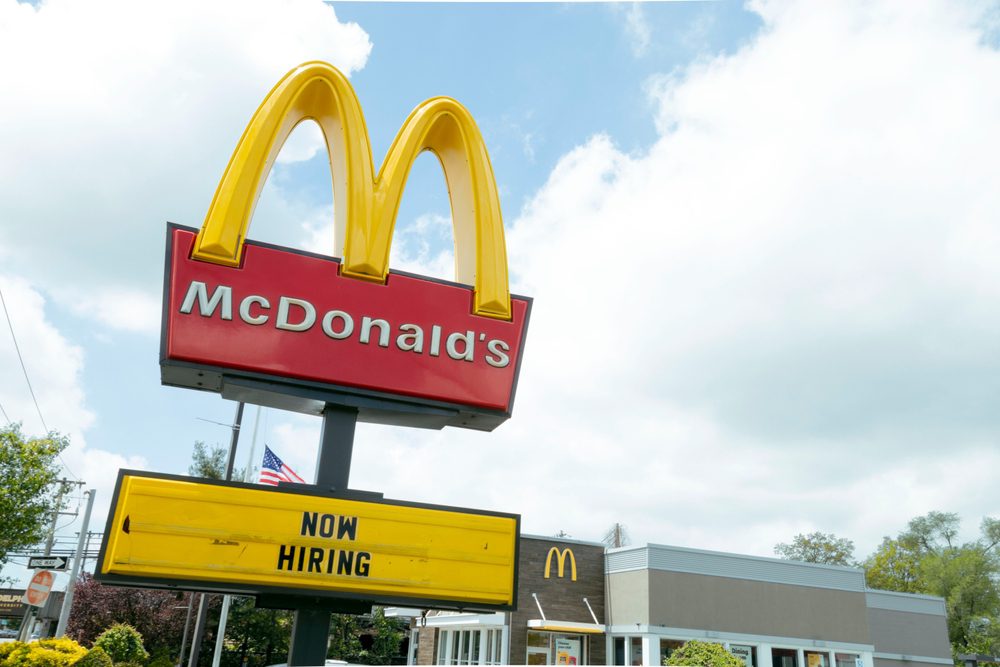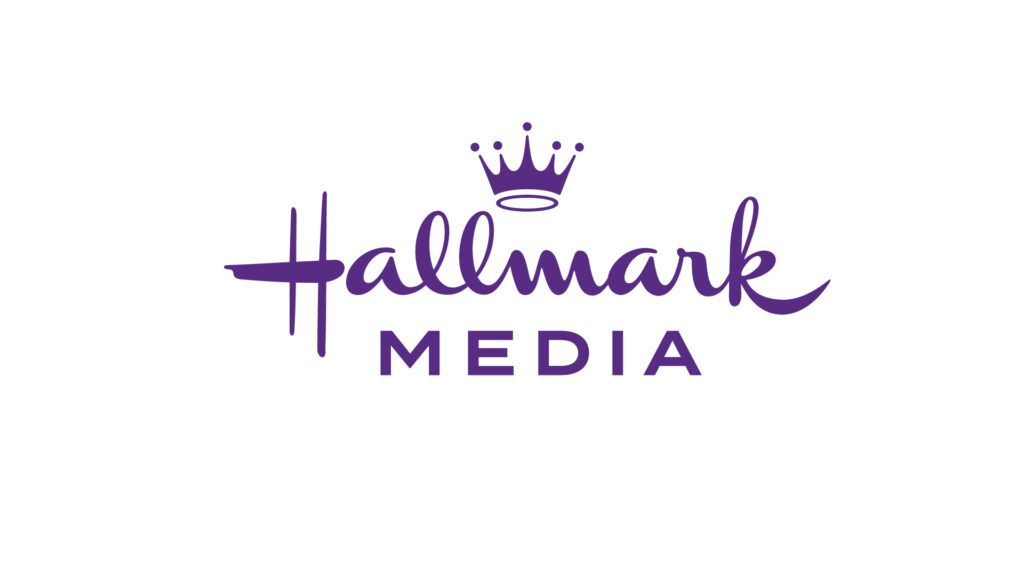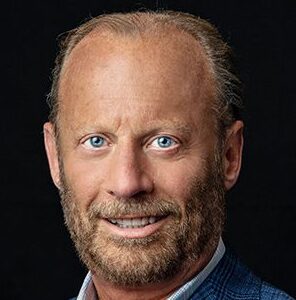(Promo) With branded entertainment now maturing into a stable part of the TV business, marketers are becoming less enamored of making big, glaring deals without having specific goals.
Brands are still spending millions to insinuate themselves into television content. But there is no exact formula for achieving return on investment — or a timeline for when results might be seen.
Take the case of 24 Hour Fitness. The regional health club chain signed on in 2004 with NBC’s “The Biggest Loser,” a reality show in which overweight contestants compete to lose the most pounds. It wasn’t until the show’s latest season that the firm started seeing significant ROI, admits Brad Fogel, chief marketing officer of the 400-club chain.
But once it did, “we went way over projections,” he says. “In November and October [2006], we had our highest seasonable sales ever.”
Fogel attributes the pumped-up results to the chain’s promotion of a $49 personal trainer and program that guarantees the user can lose 15 pounds in six weeks.
The investment? Roughly $1 million in gym equipment, estimates Mark Koops, executive producer of “The Biggest Loser.” There’s also a branded, per-season “integration” fee — which both parties admit was a steal at the time. Some sources familiar with the deal say it’s as low as $100,000-$200,000 per season.
In contrast, the overall price tag for a typical 12- to 15-episode network reality show could be at least $1.5 million, with $500,000 going to the actual fee, and another $1 million or more going for a national TV media buy on that network.
24 Hour Fitness generated some good awareness numbers during the first two years, but those were a “soft” metric, Fogel says. The investment didn’t achieve the real objective of driving sales.
But now it’s doing both. Nielsen Media Research reported that the chain has some of the highest numbers when it comes to product placement occurrences on network television. Only Coca-Cola — with its big “American Idol” deal — earns better scores.
24 Hour Fitness lucked into the deal in one sense. The first choice, Bally’s, wasn’t interested, and the show’s producer, Reveille LLC, was desperate because the debut was only weeks away. So it approached the smaller company.
Not being a national chain, 24 Hour Fitness wasn’t required to place a multimillion-dollar media buy on NBC. That’s virtually mandatory for many national marketers with reality shows such as “The Apprentice,” “Survivor,” and “America’s Next Top Model.”
But the network reaped other benefits — like the fact that 24 Hour Fitness’ local commercials, no matter where they run, are tagged “Watch The Biggest Loser on NBC.”
“We are giving back to our partners,” Fogel says. “It’s a deal based on trust.”
HDTV set launches on ESPN
Trust is something Syntax-Brillian Corp. had in mind when choosing ESPN last summer to help launch its Olevia HDTV brand. It placed between $5 million to $7 million with the network — about 95% of its media dollars.
It was a calculated risk. Males tend to be the early adopters of high-end electronics. Where better to find them than through ESPN, the biggest cable TV network for men, with significant print and online properties?
And the Olevia appeared in all of these outlets. The brand was featured on ESPN, ESPN2, ESPN HD, ESPN2 HD, ESPNEWS, ESPN Radio, ESPN.com, and “ESPN the Magazine.” (Oh, yes, it also was on ABC.)
In addition, Syntax-Brillian was a premier sponsor of college basketball on ESPN HD and ESPN2 HD. It served as ESPN’s HD programming partner from last October through this year. And it’s featured in ESPN Golf Schools through point-of-sale programs at retail locations.
Another effort placed Olevia TV on all floors of ESPN’s Super Bowl “Next” party, which is on a par with Vanity Fair’s Oscars extravaganza. Some 10,000 people attended, including celebrities like Will Smith, Troy Aikman, Oscar De La Hoya, Venus and Serena Williams, and Steve Young, according to Ed Erhardt, president of ESPN Sports customer sales and marketing.
“The goal was to get the Olevia brand to be close and personal,” says Erhardt. “All the athletes came through with their posses. [With that party] they understood the ESPN brand was where they could have ownership.”
Better yet, Olevia was able to correlate sales with marketing efforts. “Sales have been significant and so has [Syntax-Brillian’s] stock price,” Erhardt continues.
Hope Frank, chief marketing officer at Syntex-Brillian, has mentioned a sales increase in every public forum, according to Erhardt. “He has said, ‘This was a brand that had no name recognition. We were able to really build it.’”
Remaking a truck on CMT
Though product sales are the best example of ROI, they’re not the only measure — especially when a client has a limited media budget.
International Truck & Engine has just this kind of restriction. For years, its Jeep-like truck, the Scout, ran a distant second in terms of market share. So the manufacturer abandoned the consumer market in favor of work trucks and other industrial vehicles.
Last year it entered the big-truck field with the CXT, which retails for $80,000 to $100,000.
“They wanted to come back as a heritage brand — like Harley,” says Richard Linnett, who as director of media agency MPG Entertainment made the deal for International Truck. (Linnett has since taken a similar position with Fathom Communications, and the International account has followed him.)
The target demographic for the CXT is men ages 25-55 who earn $100,000 or more annually. Potential buyers include small-business owners like contractors and landscapers.
Where do you reach that kind of audience? With Country Music Television’s “Trick My Truck” reality show.
International donated a truck to be made over during an entire episode of the show — the second-season premiere. Virtually the entire hour was devoted to the truck; it featured shots of the factory and clips of people saying positive things about the CXT.
An online contest attracted 3.5 million participants. In addition, the company staged a live truck-and-music festival attended by 100,000 potential buyers. The combined “impressions” — total consumer exposure through all media — resulted in International Truck receiving $240,000 in value, three times the cost of the provided truck.
How did it figure that out? Through Center Stage, an ROI evaluation service from MPG. This takes into account whether the product was placed in the foreground, the background, whether there were “audio” mentions of the product and the amount of visual time on air, among other factors.
And the dollar value could go higher. “When repeats come in, then you really see what it’ll get,” says Linnett.
J&J meets TNT
In a similar way, there are no sales expectations for the “Johnson & Johnson Spotlight Presentation” of original TNT movies.
The main goal is to support subject matter that “attains the highest levels of the human spirit,” says Frances Page, principal of strategy and business affairs for J&J’s media agency Magna Global Entertainment.
“J&J’s ROI goals are proprietary — but ratings, viewer response and critical acclaim are all part of the feedback reviewed,” Page adds.
J&J sponsored its first TNT movie in July 2002. The latest, “A Perfect Day,” aired last December.
Traditional product placement is part of the branded entertainment deal. Typically, J&J’s household products make their way into the films, but in unique ways.
During “The Winning Season,” a movie about the world’s most valuable baseball card — of Pittsburgh Pirates shortstop Honus Wagner — there’s a flashback to the early 1900s. A billboard promoting Johnson’s Soap was prominent in the old ballpark.
But that’s not all J&J is getting out of it. “We just received our second Christopher award for ‘The Ron Clark Story,’ starring Matthew Perry,” Page continues. “The first was for another made-for-TNT movie, ’14 Hours.’” The Christophers recognize films, television, literature and children’s books that celebrate people who make a difference in the world.
Why was this particular award important? Because the awards’ credo almost exactly matches that of J&J’s mission: “Affirming the highest values of the human spirit.”
Jenny Craig gets “Teased”
Weight-loss chain Jenny Craig was clear about its goals earlier this year when it hooked up with “Tease,” a new hairstyling competition show on the Oxygen cable network.
“Our one prerequisite was to get brand recognition and show our success stories beyond our [general advertising] campaign,” says Mary Fritz Wilson, director of media and analysis for Jenny Craig. The firm’s regular branding ads feature celebrities like Kirstie Alley.
Since both the show and product are about improving one’s appearance, Jenny Craig placed its own weight-loss clients as talent on the show. They were also planted in the studio audience, and picked out for hair makeovers.
To figure out ROI, Jenny Craig tapped iTVX, a branded entertainment measuring service that considers how many times a product was mentioned, where it was placed and the context.
How did it do? “Tease” delivered “five times the impressions we expected,” Wilson says. She adds that repeats are about to start, so there will be more residual effects.
Don’t dis soft metrics
Some marketers believe that sales should be the only objective. But not everyone agrees. “In an environment where many clients are still skittish about taking chances with nontraditional marketing, soft metrics like engagement and brand recall shouldn’t be dismissed,” says Hank Kim, director of MPG Entertainment.
Page urges marketers to have clear goals at the outset, and to find the appropriate measurement tool.
But there’s one more problem: Not everyone loves branded entertainment. “Generally, it’s deceptive and manipulative,” says Jeff Chester, executive director of the Center for Digital Democracy, a new media watchdog. “It is just despicable. There will be a flash point when it comes to kids, teens and seniors.”
For now, marketers seem to be ignoring that kind of comment, as well they should. Because even without standard measurement, branded entertainment has proved its worth.
 Network
Network



